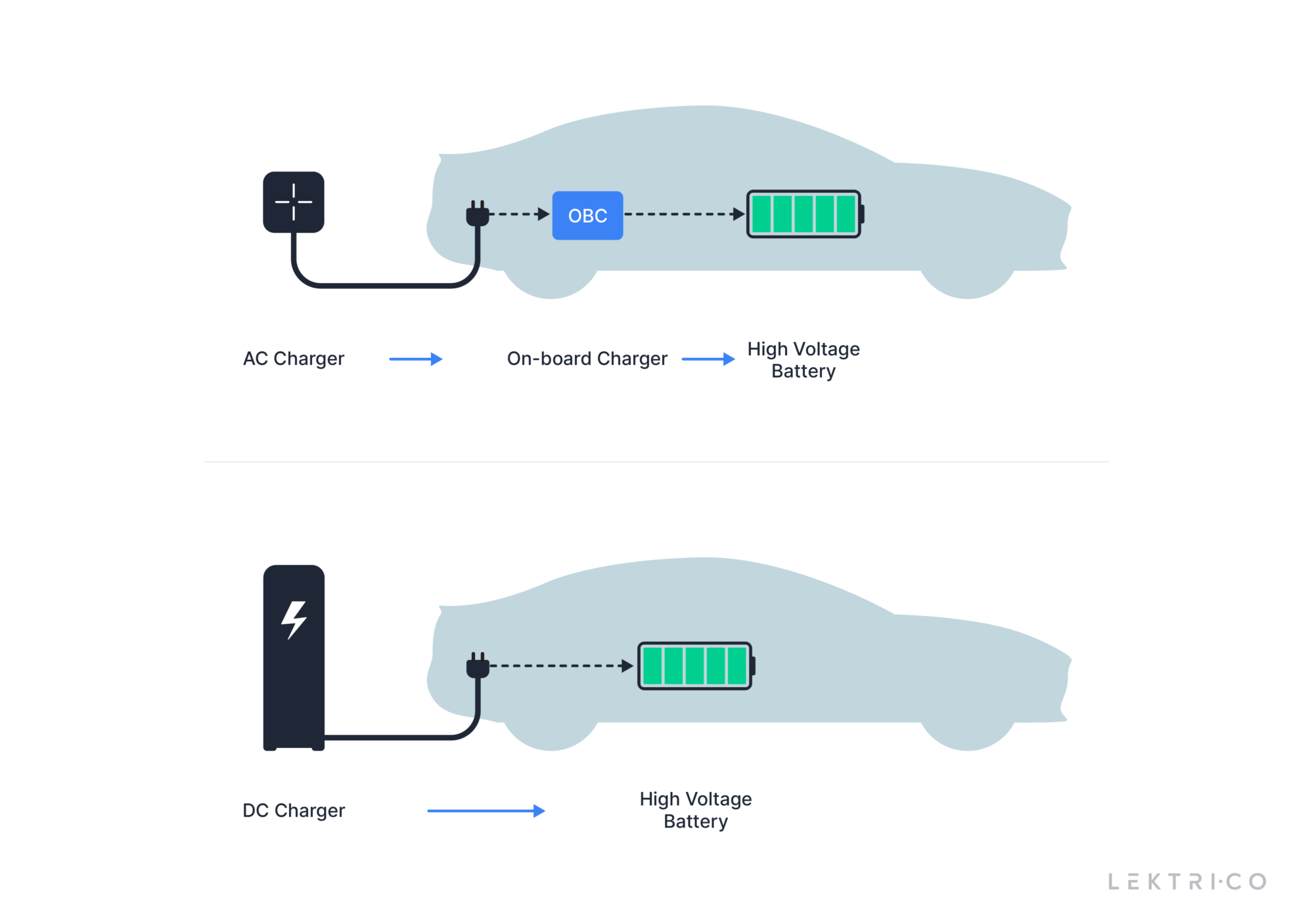The shift towards Electric Vehicles (EVs) is a pivotal step in our journey toward sustainable transportation. However, with this shift comes the need for a deeper understanding of EV charging technologies. The efficiency and effectiveness of charging your EV are largely dictated by the On Board Charger (OBC) and the type of charging system used. This article offers an in-depth exploration of these aspects, empowering you as an EV owner or enthusiast with essential knowledge.
Unveiling OBC Limitations in Top EU Electric Vehicles
Each Electric Vehicle (EV) comes equipped with an On Board Charger (OBC) which dictates the maximum charging rate. The charging power can be either single-phase (for power under 11 kW) or three-phase (for power at 11 kW or above). The specific charging capability often varies depending on the trim level of the vehicle*. Here’s a rundown of the OBC limitations for some popular EV models in the EU:
*Note: For vehicles with more than one power level stated, the actual OBC capacity depends on the specific trim level of the vehicle.
This comprehensive list highlights the diversity in charging capabilities across different EV models. It underscores the importance of understanding whether your EV’s charger is single-phase or three-phase, along with its specific OBC charging capacity based on the trim level.
AC vs. DC Charging
Understanding the differences between AC and DC charging is pivotal for EV owners. AC charging, the most common method for homes and some public stations involves the car's OBC converting AC power from the grid to DC power for the battery. This conversion process limits the charging speed. DC fast charging stations circumvent this limitation by directly supplying DC power to the battery, enabling much quicker charging.

Single-Phase vs. Three-Phase Charging Systems Explained
The power supply system to which your EV is connected – single-phase or three-phase – plays a crucial role in determining charging speed. Most homes have a single-phase power supply, typically offering a maximum charging capacity of around 3.7 kW to 7.4 kW. In contrast, three-phase power systems, more prevalent in commercial settings, can provide higher power levels (up to 22 kW or more), allowing for significantly faster charging.
It's important to understand that not all EVs can utilize the full capacity of a three-phase system due to their OBC limitations. Therefore, aligning your EV's charging capabilities with the appropriate power system is key to optimizing your charging strategy.
Addressing Misconceptions and Offering Expert Tips
There's a common belief among many EV owners that upgrading to a charging plug compatible with a three-phase system will automatically result in faster charging. However, the increase in charging speed is contingent upon the EV’s OBC and the type of power system available. For optimal charging, consider these factors:
In the landscape of electric vehicle charging, it's essential to recognize the innovations brought forth by LEKTRI.CO chargers. Our line of monophase and triphase chargers is designed to seamlessly integrate with any photovoltaic (PV) system, ensuring that your sustainable energy solutions are working in harmony. Coupled with our intuitive mobile application, these chargers epitomize convenience and adaptability. Each LEKTRI.CO charger is a testament to the quality, exhibiting exceptional reliability, compactness, and smart technology. Not only are they incredibly efficient, but they also embody a worry-free charging experience, intelligently managing your EV's charging needs without a hitch. With a LEKTRI.CO charger, you're not just purchasing a product; you're investing in peace of mind, knowing that your vehicle is always ready to go whenever you are.
Understanding the intricacies of EV charging can enhance your overall experience with electric vehicles. With the right knowledge about OBC limitations, charging methods, and power systems, you can optimize your EV’s charging process, ensuring efficiency and convenience.
As we navigate the nuances of electric vehicle charging, from the technicalities of On Board Chargers to the strategic selection between AC and DC, single-phase and three-phase systems, it’s clear that the right equipment makes all the difference. In this light, our offerings at LEKTRI.CO are not just supplementary; they are integral to achieving a seamless charging experience. Our monophase and triphase chargers, compatible with any photovoltaic system and controlled via our mobile app, exemplify this synergy. They stand out for their reliability, compact design, and intelligent operation, ensuring that the journey towards sustainable transportation is as convenient as it is impactful. By integrating these advanced chargers into your daily routine, the concern over charging becomes a thing of the past, allowing you to focus on the road ahead with confidence.